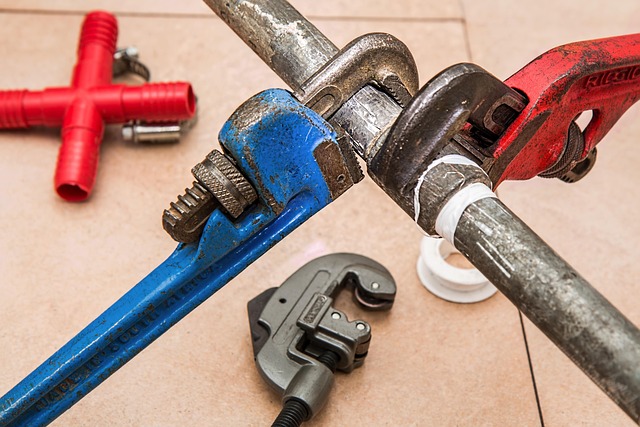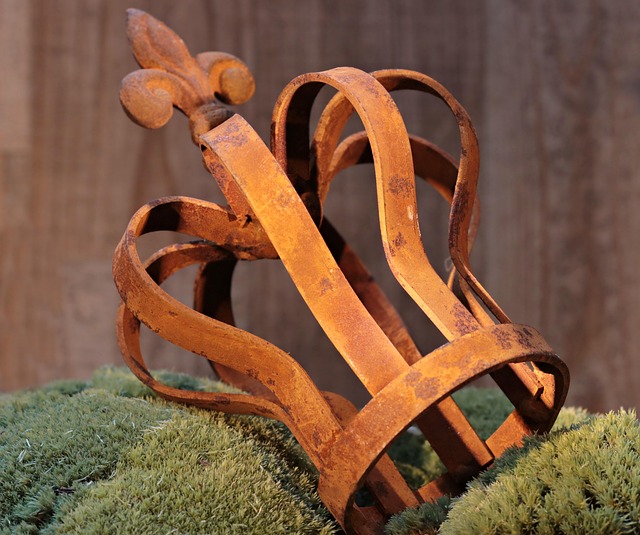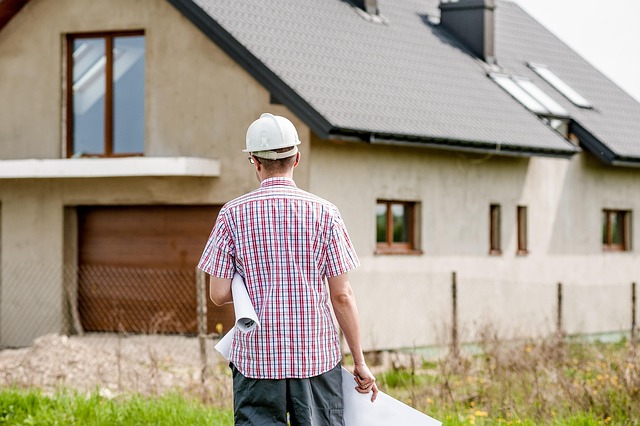Rust damage affects materials like metal and concrete, causing flaking and disintegration. Evaluating severity is crucial for select Rust repair techniques tailored to surfaces. Planning, gathering suitable rust repair solutions (e.g., industrial cleaners), and wearing protective gear are essential. Removal methods vary by severity, from DIY chemicals to professional high-pressure washing. Preventative measures like natural rust stoppers extend lifespan. Metal surface restoration involves understanding damage scope and desired outcome for durable protection, with minor spots treated by converters/paint and extensive damage needing professional techniques and coatings.
Rust damage can be a major concern for homeowners and businesses alike, affecting various metal surfaces. This comprehensive guide delves into the world of rust repair, offering practical insights on understanding and mitigating its effects. From identifying the causes and extent of rust to gathering necessary materials and implementing safety precautions, we cover it all. Learn effective methods for removing rust and discover essential techniques for repairing and preventing future damage, ensuring your metal surfaces remain in top condition.
- Understanding Rust Damage: Causes and Extent
- Gathering Materials and Safety Precautions
- Removing Rust: Methods and Tools
- Repair and Prevention: Restoring Metal Surfaces
Understanding Rust Damage: Causes and Extent

Rust damage can significantly degrade the appearance and structural integrity of various surfaces, from metal automotive parts to concrete structures. Understanding the causes and extent of rust is crucial in selecting the most appropriate Rust repair method.
Corrosion, often accelerated by moisture and certain environmental factors, is the primary culprit behind rust formation. Over time, this process weakens materials, leading to flaking, pitting, and, in severe cases, complete disintegration. Identifying the severity of rust damage is key when considering fast rust removal methods or more permanent solutions like rust proofing materials. Proper evaluation ensures that removing rust from concrete, for instance, is approached differently than treating rust on metallic surfaces.
Gathering Materials and Safety Precautions

Before beginning any restoration project, it’s crucial to gather all necessary materials and tools, specifically focusing on a select rust repair solution suitable for the task at hand. For a remedy for rust on wood, industrial rust cleaning services may be required for heavy-duty cases. Ensure you have protective gear like gloves, safety glasses, and a respirator mask, as many rust removal processes involve hazardous chemicals.
When it comes to restoring old rusty objects, selecting the right approach is key. This could range from simple DIY solutions for minor damage to professional industrial cleaning services for more extensive rust buildup. Always prioritize safety by following manufacturer instructions and local regulations when using any chemical-based remedy for rust.
Removing Rust: Methods and Tools

Removing Rust is a crucial step in any restoration process, and several methods can be employed depending on the extent of the damage. For minor rust spots, using specialized rust removal chemicals or abrasive materials like fine-grit sandpaper can effectively scrub away the corrosion. These products are designed to break down rust at the molecular level, allowing for easy wiping or brushing off the affected area.
When dealing with more extensive rust damage, especially on metal surfaces, professional industrial rust cleaning services often prove invaluable. These services employ powerful techniques like high-pressure washing and specialized tools such as power drills with wire brushes to aggressively remove rust and corrosion. Additionally, understanding how to stop rust naturally through preventive measures can significantly extend the lifespan of your restoration project by hindering future corrosion, ensuring a longer-lasting result.
Repair and Prevention: Restoring Metal Surfaces

Restoring metal surfaces is a crucial aspect of repairing rust damage and can significantly extend the lifespan of various items, from antique furniture to modern vehicles. When it comes to selecting a rust repair method, understanding both the scope of the issue and the desired outcome is essential. For minor rust spots, a simple application of rust converter or paint can be effective, providing a durable, protective layer. This not only enhances aesthetics but also prevents further corrosion.
For more extensive rust damage, such as on a rusted car body or stainless steel fixtures, professional restoration techniques are often required. These may involve sandblasting to remove loose rust and debris, followed by meticulous filling and sanding to achieve a smooth surface. Once prepared, applying high-quality coatings designed for corrosion resistance ensures long-lasting protection against future rust formation, especially when combined with proper storage practices and regular maintenance, like preventing rust in storage areas.
Rust damage can significantly impair the aesthetics and functionality of metal surfaces, but with the right approach, restoration is achievable. By understanding the causes and extent of rust, gathering essential materials while prioritizing safety, and employing suitable removal methods, you can effectively repair affected areas. The key to preventing future rust lies in maintaining a clean environment, applying protective coatings, and conducting regular inspections. Selecting the appropriate rust repair techniques ensures that your restored surface is not only visually appealing but also durable, safeguarding against environmental aggressors.
